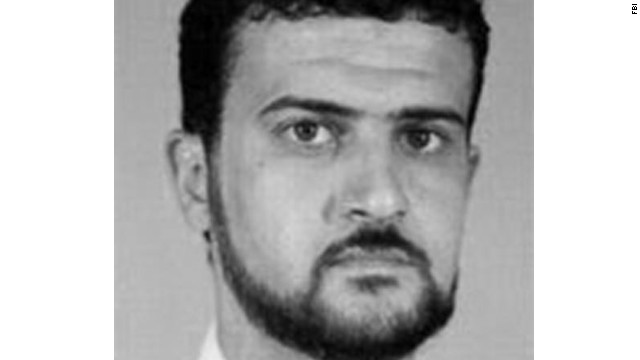
Sources had told CNN in 2012 that there was concern Abu Anas al Libi was working to establish an al Qaeda network in Libya.
- NEW: Al Libi will face "very close and important scrutiny," CNN's Robertson says
- Abu Anas al Libi is captured by U.S. forces in Tripoli, U.S. officials say
- Al Libi is suspected of playing a part in 2 U.S. embassy bombings in Africa in 1998
- It was feared he was trying to bolster al Qaeda operations in northern Africa
(CNN) -- Abu Anas al Libi has been all around the world -- Afghanistan, Pakistan, Sudan, Kenya, Britain, Iran and beyond -- making friends with some of the world's most notorious terrorists and enemies with the United States and its allies.
On Saturday, his escapade ended where it began: in his homeland of Libya.
U.S. special operations forces captured the 49-year-old al Qaeda operative in the capital of Tripoli, U.S. officials say, in a mission that was conducted with the knowledge of Libya's government. He had been living in that still unsettled nation, more or less in the open, for over a year despite his alleged associations.
His next destination? U.S. authorities have long wanted al Libi to stand trial in an American court to face charges for his role in the twin 1998 bombings at U.S. embassies in Kenya and Tanzania that left well over 200 dead and thousands wounded.
"It's a huge deal to get him," said CNN's Nic Robertson, a veteran of covering al Qaeda. "He's a big player in al Qaeda (and) in one of the key target areas, in the north of Africa... This is a significant step."

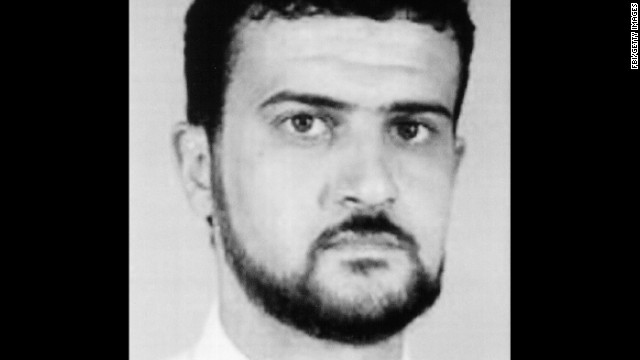
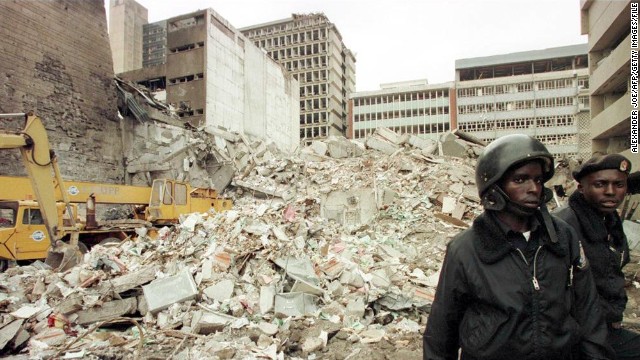
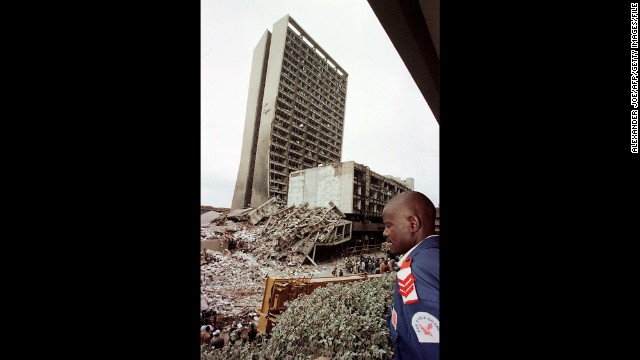
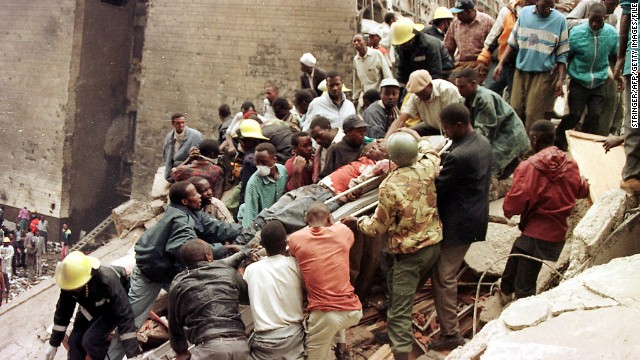
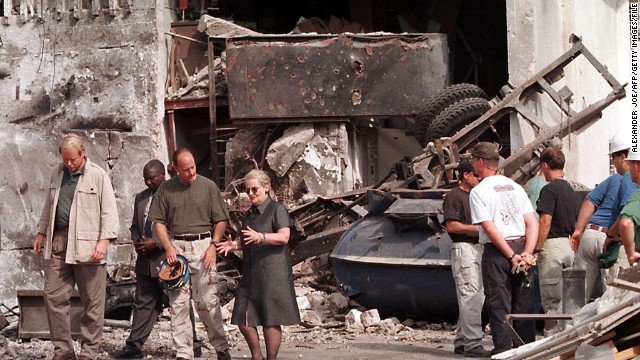
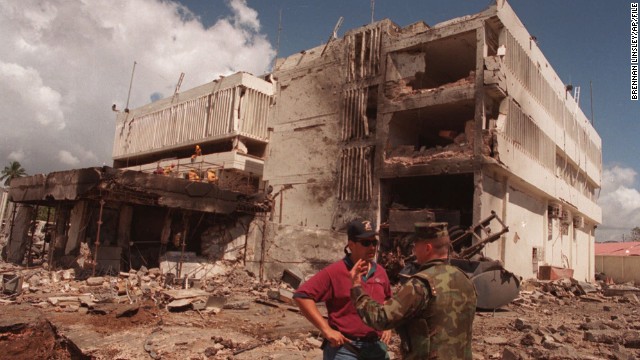

Stops in Afghanistan, Britain, Iran and beyond
The FBI's page on al Libi -- part of its roster of "Most Wanted Terrorists" and noting the $5 million reward being offered for information leading directly to his apprehension -- notes that he is accused in a "conspiracy to kill United States nationals, to murder, to destroy buildings and property of the United States, and to destroy the national defense utilities of the United States."
But as bad as that sounds, he's much more than that.
Born Nazih Abd al Hamid al Ruqhay, al Libi joined al Qaeda soon after its founding as the terrorist organization built up its presence in Afghanistan and Pakistan.
When the group's late leader Osama bin Laden relocated to Khartoum, Sudan, in 1992, al Libi went with him.
As the 1990s continued, al Libi came to be known as one of al Qaeda's most capable operatives, especially for his expertise in surveillance and computers.
A fellow al Qaeda operative at one point testified that al Libi was in Nairobi in 1993, allegedly checking out possible targets, including the U.S. Embassy.
The blast in Kenya's capital five years later ended up killing more than 200 people and wounding 5,000. The Tanzania blast went off nearly simultaneously, leaving 11 people dead.
Africa marks 10th anniversary of U.S. embassy bombings
Al Libi at one point joined the jihadist Libyan Islamic Fighters Group before moving to Qatar and then Britain, settling in Manchester.
It was there, in 2000, that police raided his home.
Authorities then uncovered a document that became known as the "Manchester Manual" -- hundreds of pages of guidance on carrying out a terrorist campaign." Among them: a document the called for "attacking, blasting and destroying" embassies.
But what they didn't find was al Libi, who had left the country before the raid.
He is thought to have spent time subsequently in Afghanistan before fleeing to Iran after the fall of the Taliban. Western intelligence sources believe he remained in that country before going home to Libya.
After years in native Libya, al Libi now in U.S. hands
In September 2012, CNN was first to report that al Libi was alive and well in Libya. Western intelligence sources said that there was concern that al Libi was working to establish an al Qaeda network in the North African nation.
So how long had he been home?
In December 2010, before the outbreak of the unrest that ended with Gadhafi's death, Libyan authorities told a United Nations committee that al Libi had returned, even giving a Tripoli address for him.
And one Western intelligence source said Al Libi appears to have been in Libya in the spring of 2011, when the civil war was in full swing.
Counterterrorism analysts told CNN in fall 2012 that al Libi may not have been apprehended because of the delicate security situation in much of Libya, where ex-jihadists -- especially those who once belonged to the Libyan Islamic Fighters Group -- held considerable sway since the campaign against and ultimate ouster of longtime leader Moammar Gadhafi.
It was not clear for how long, and how much, Libya's government knew about al Libi's presence, or whether other governments had approached them to arrest al Libi. The fact that there's no extradition treaty between Libya and the United States further complicated matters.
Now that al Libi is in U.S. hands, of course, changes everything. In addition to standing trial, he'll be questioned about what he knows about al Qaeda and other terrorists organizations.
If he talks, al Libi could offer valuable information on men he worked with inside Libya, as well as al Qaeda generally.
"All his recent years of activation is going to come under very, very close and important scrutiny," said CNN's Robertson.
CNN's Evan Perez and Barbara Starr contributed to this report.
